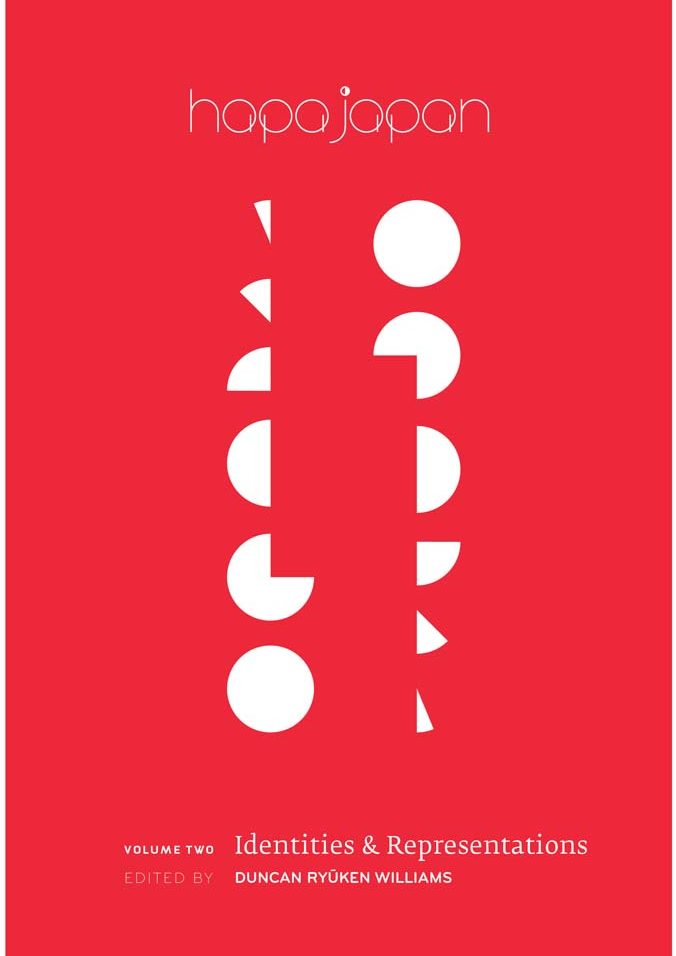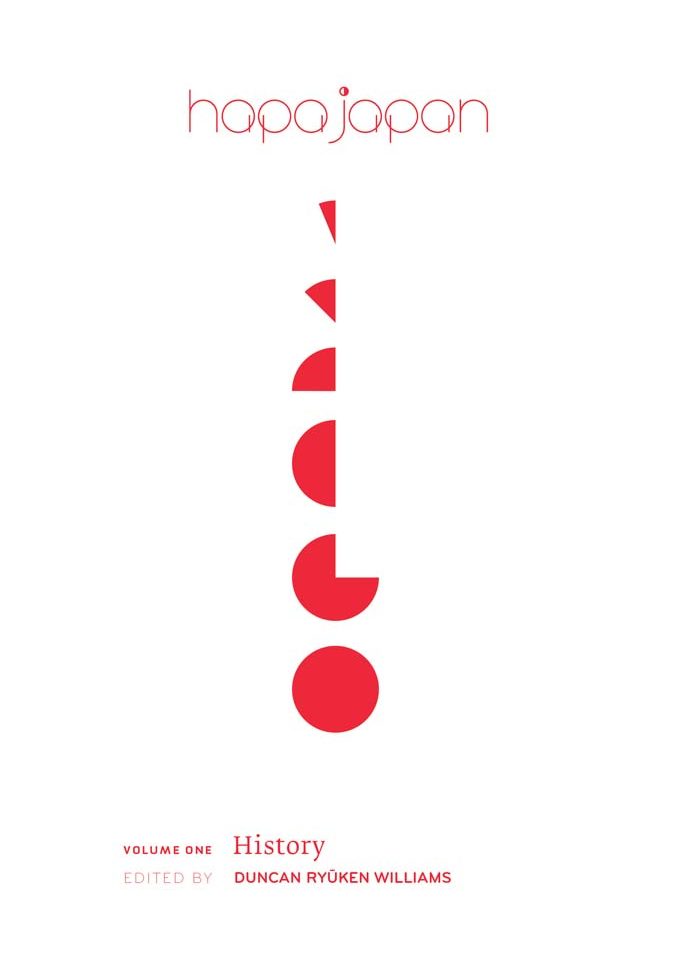The Land Baron’s Sun: The Story of Lý Loc and His Seven WivesPosted in Asian Diaspora, Books, Media Archive, Poetry on 2017-03-08 01:09Z by Steven |
The Land Baron’s Sun: The Story of Lý Loc and His Seven Wives
University of Louisiana at Lafayette Press
2014
108 pages
Paperback ISBN: 9781935754350
Genaro Kỳ Lý Smith, Professor of Creative Writing
Louisiana Tech University
The Land Baron’s Sun chronicles through poetry the life of Lý Loc, the son of an affluent Vietnamese landowner who was thought to own the sun by his children, wives, servants, and tenant farmers because it had always shone favorably upon him. Lý Loc lived just as prosperous a life, one in which he rose to the rank of major commander for the South Vietnamese Army and was attended to by seven wives who bore him twenty-seven children. On April 20, 1975, the day Saigon fell, fate took a cruel turn for Lý Loc, as the sun, a symbol of the divine love, refused to shine. His capture by the Việt Cộng and incarceration in a reeducation camp marked only the beginning of the sun recouping all that it had bestowed upon Lý Loc and his family. Smith’s poems delve into Lý Loc’s childhood and adult life, his years spent in the reeducation camp, and his wives’ and children’s fate—both in Vietnam and, for those who were fortunate enough to escape, in America. The poems expose the beauty and freedom of the human spirit and the lushness that was once Vietnam; likewise, they show the undeniable oppression of a country divided on itself and the struggle its people went through to survive.







